The Danube Delta (Romanian: Delta Dunarii ) is the second largest river delta in Europe, after the Volga Delta, and is the best preserved on the continent. The greater part of the Danube Delta lies in Romania (Tulcea county), while its northern part, on the left bank of the Chilia arm, is situated in Ukraine (Odessa Oblast). The approximate surface is 4152 km², of which 3446 km² are in Romania. If one includes the lagoons of Razim-Sinoe (1015 km² of which 865 km² water surface), which are located south of the delta proper, but are related to it geologically and ecologically (their combined territory is part of the World Heritage Site), the total area of the Danube Delta reaches 5165 km².
The modern Danube Delta began forming after 4,000 B.C. in a gulf of the Black Sea, when the sea rose to its present level. A sandy barrier blocked the Danube gulf where the river initially built its delta. Upon filling the gulf with sediments, the delta advanced outside the barrier-blocked estuary after 3,500 B.C. building several successive lobes[2][3]: the St. George I (3,500-1,600 B.C.), the Sulina (1,600-0 B.C.), the St. George II (0 B.C.-Present) and the Chilia or Kilia (1600 A.D.-Present).
The Danube Delta is a low alluvial plain, mostly covered by wetlands and water. It consists of an intricate pattern of marshes, channels, streamlets and lakes. The average altitude is 0.52 m, with 20% of the territory below sea level, and more than half not exceeding one meter in altitude. Dunes on the most extensive strandplains of the delta (Letea and Caraorman strandplains) stand higher (12.4 m and 7 m respectively). The largest lakes are Dranov (21.7 km²), Rosu (14.5 km²), Gorgova (13.8 km²).
The Danube branches into three main distributaries into the delta, Chilia, Sulina, and Sfântul Gheorghe (Saint George). The last two branches form the Tulcea channel, which continues as a single body for several kilometers after the separation from the Chilia. At the mouths of each channel gradual formation of new land takes place, as the delta continues to expand.
Chilia, in the north, the longest, youngest, and most vigorous, with two secondary internal deltas and one microdelta in full process of formation at its mouth (to Ukraine).
Sulina, the central and thus the shortest arm, which consequently led to its extensive use for traffic and severe transformation. At its mouth is located the main port and the single settlement with urban charactersitics of the Romanian part of the delta. Because of the alluvium deposited at its mouth, a channel gradually advancing into the sea (presently it has 10 km), was built in order to protect the navigation.
Sfântul Gheorghe (Saint George in English), in the south, is the oldest and more sparsely populated. Its alluvium has led to the creation, beginning with 1897, of the Sacalin islands, which as of today measure 19 km in length.
The Danube Delta falls within east European steppe ecosystem, with Mediterranean influences. As a young region in full process of consolidation, the Danube Delta represents a very favourable place for the development of highly diverse flora and fauna, unique in Europe, with numerous rare species. It hosts 23 natural ecosystems, but due to the extent of wetlands the aquatic environment is prevalent; the terrestrial environment is also present on the higher grounds of the continental levees, where xerophile ecosystems have developed. Between the aquatic and terrestrial environments, is interposed a swampy, easily flooded strip of original flora and fauna, with means of adaptation for water or land, depending on the season or the hydrological regime. At the contact between freshwater and sea water, some special physical, chemical and biological processes take place, which determined biologists to consider this area as a very different ecosystem called beforedelta. Musura Gulf, north of Sulina, and Saint George Gulf are considered the most representative for this type of ecosystem.
Situated on major migratory routes, and providing adequate conditions for nesting and hatching, the Danube Delta is a magnet for birds from six major eco-regions of the world, including the Mongolian, Arctic and Siberian. There are over 320 species of birds found in the delta during summer, of which 166 are hatching species and 159 are migratory. Over one million individuals (swans, wild ducks, bald coots, etc.) winter here.
Related Listing
-

Merry Cemetery Sapanta
The Merry Cemetery (Romanian: Cimitirul Vesel ) is a cemetery in the village of Sapanta, Maramures ...
-
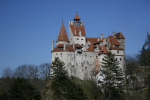
Bran Castle
Bran Castle (Romanian: Castelul Bran; German: Törzburg; Hungarian: Törcsvár), situated near Bran ...
-

Bucegi Mountains
The Bucegi Mountains (Romanian: Muntii Bucegi), are located in central Romania, south of the city ...

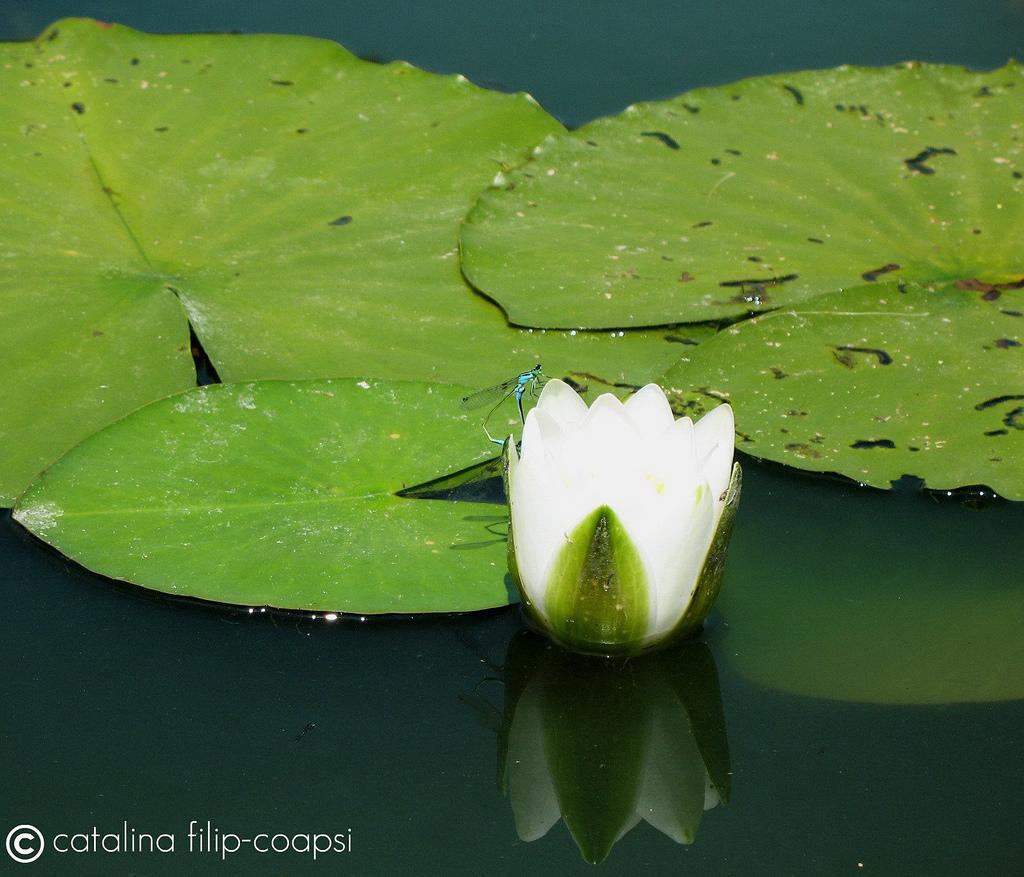
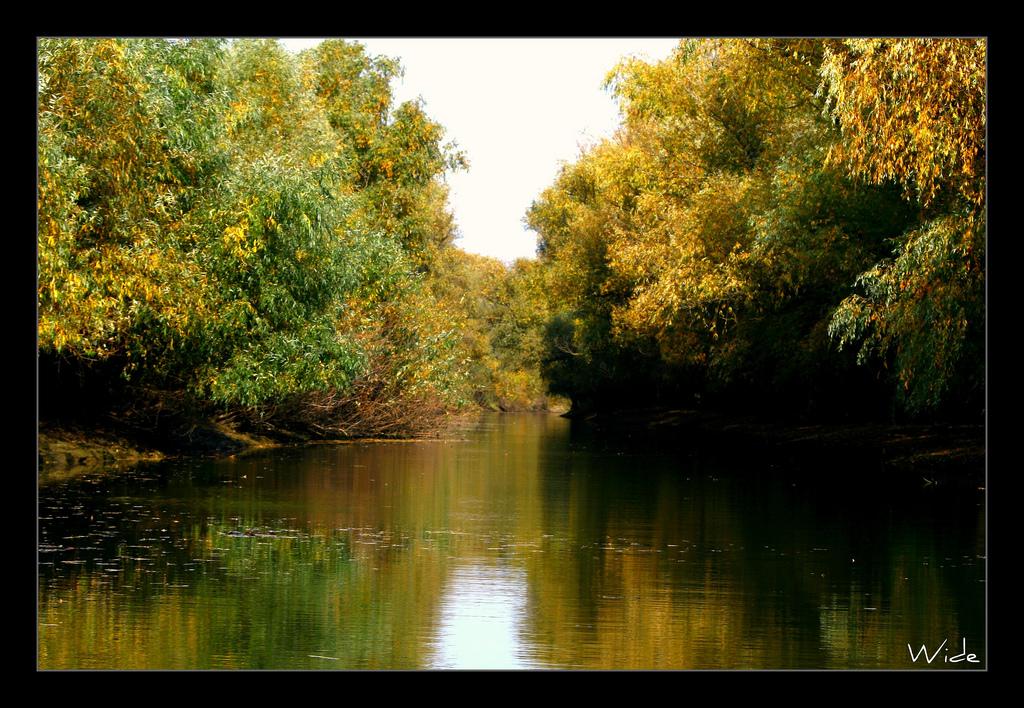

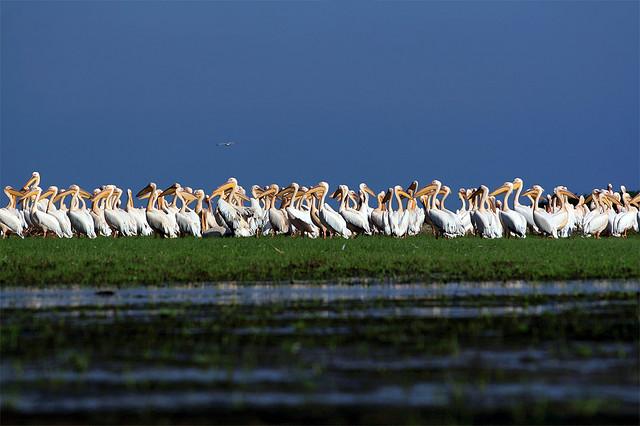
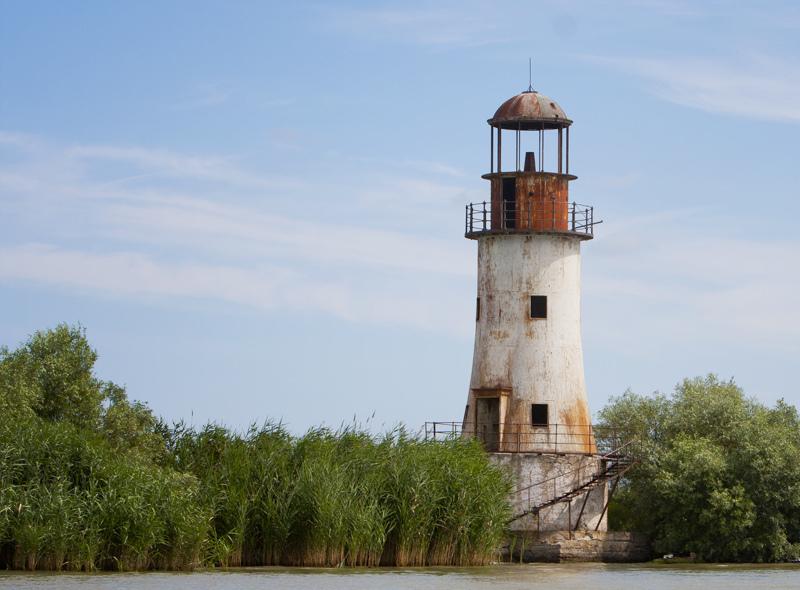








Recent Reviews